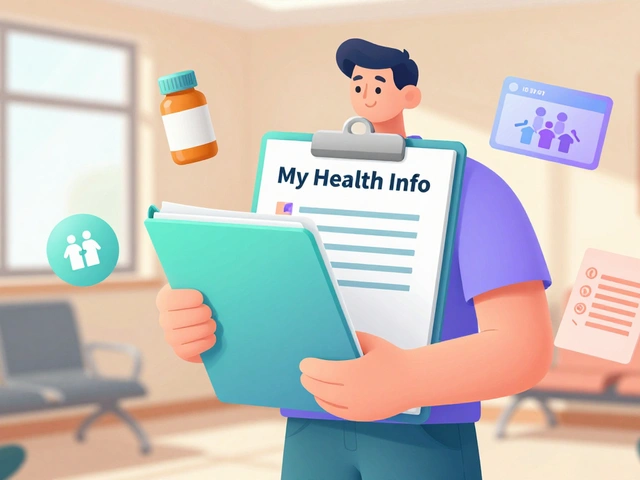Spina bifida — what it is and what matters now
Spina bifida is a birth defect where the spine and spinal cord don’t form normally. You can hear numbers and medical words, but what really matters is how to prevent it, spot it early, and get the right care so a child can thrive. This page gives straightforward, practical information for parents, caregivers, and people wanting quick, useful answers.
Causes and how to reduce risk
Spina bifida happens during the first month of pregnancy, often before a woman knows she’s pregnant. Low folic acid — a B vitamin — is the best-known preventable cause. Health agencies recommend that people who can become pregnant take 400–800 micrograms of folic acid daily, starting at least one month before conception and continuing through the first trimester.
Other risk factors include certain medications, diabetes not well controlled before pregnancy, obesity, and family history. If pregnancy is planned, talk to a provider about blood sugar control, safe meds, and folate dose. People with a previous child with spina bifida may be advised to take a higher folic acid dose under medical supervision.
Treatment, early care, and what to expect
Treatment depends on the type: spina bifida occulta (mild), meningocele (moderate), and myelomeningocele (most severe). Many babies with myelomeningocele will have surgery soon after birth to close the opening. Some prenatal surgeries are also an option and may lower the chance of severe complications — a specialist can explain risks and benefits.
Common challenges include mobility limits, bowel and bladder control issues, and sometimes hydrocephalus (extra fluid in the brain) that needs a shunt. A care team usually includes a pediatric neurosurgeon, urologist, physical therapist, and rehab specialists. Early therapy helps strength, motor skills, and independence.
Daily life tips: focus on routines for bladder and bowel care, use mobility aids and adaptive seating as needed, and keep skin checks regular to avoid pressure sores. Vaccinations, dental care, and regular growth checks matter just as much as specialist visits.
School and social life: request an individualized education plan (IEP) or similar support so the child gets necessary help with mobility, bathroom breaks, and learning. Encourage social activities and physical play adapted to abilities — kids benefit from being included.
Where to get reliable help: look for multidisciplinary spina bifida clinics at major hospitals, local support groups, and national organizations that offer practical guides, peer support, and equipment resources. When meeting clinicians, ask about long-term plans, bowel and bladder programs, physical therapy goals, and signs that need urgent care.
No two cases are the same. With the right prevention steps and a coordinated care team, many people with spina bifida lead active, fulfilling lives. If you have specific concerns, bring them to your provider — clear questions help get clearer answers.
Facing a spina bifida diagnosis during pregnancy can be overwhelming for expecting parents. The article delves into the emotional impact, offering insights, interesting facts, and practical tips to help parents cope with the diagnosis and prepare for what's ahead. Understanding the condition and knowing how to navigate the myriad of emotions is crucial for parental well-being.


